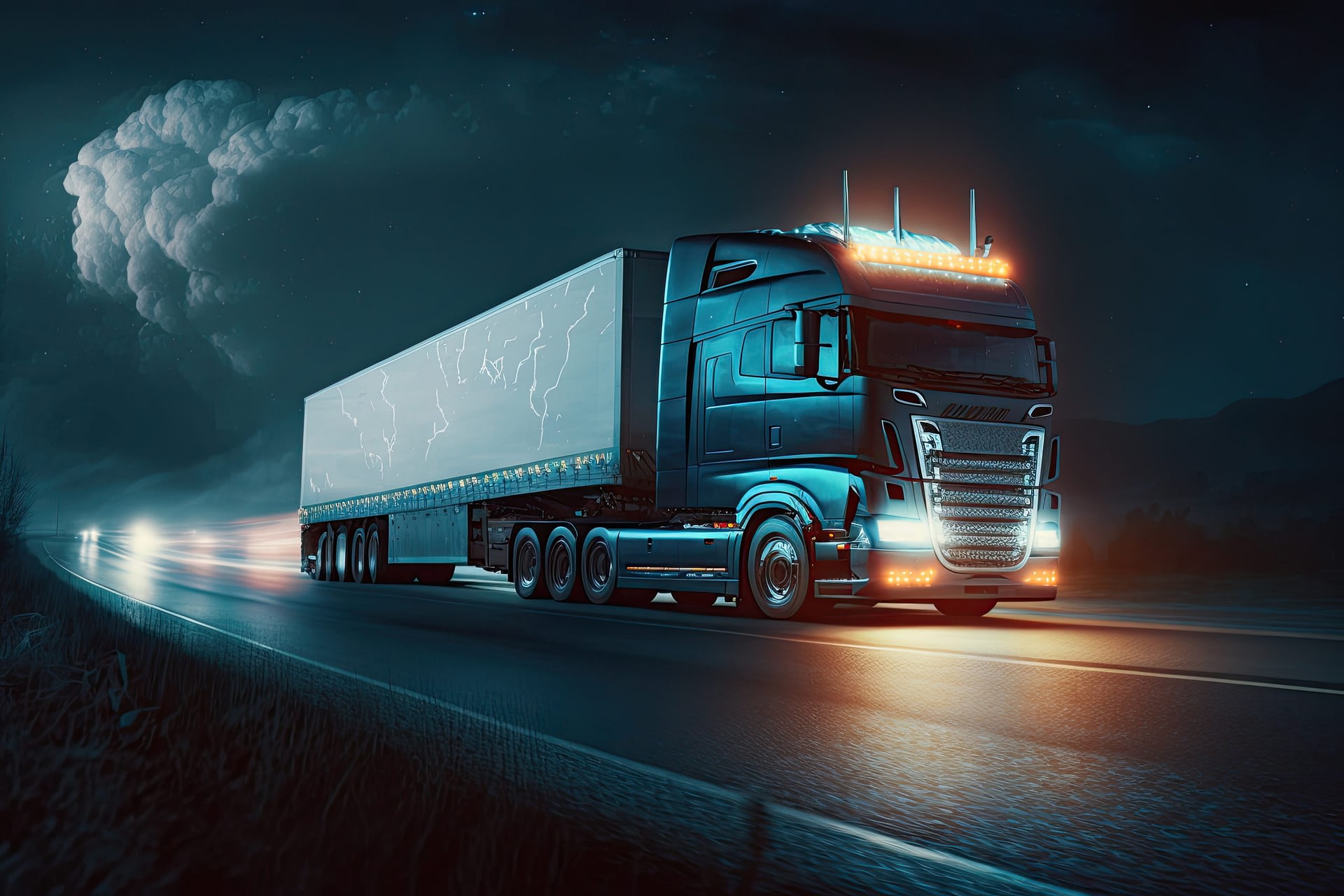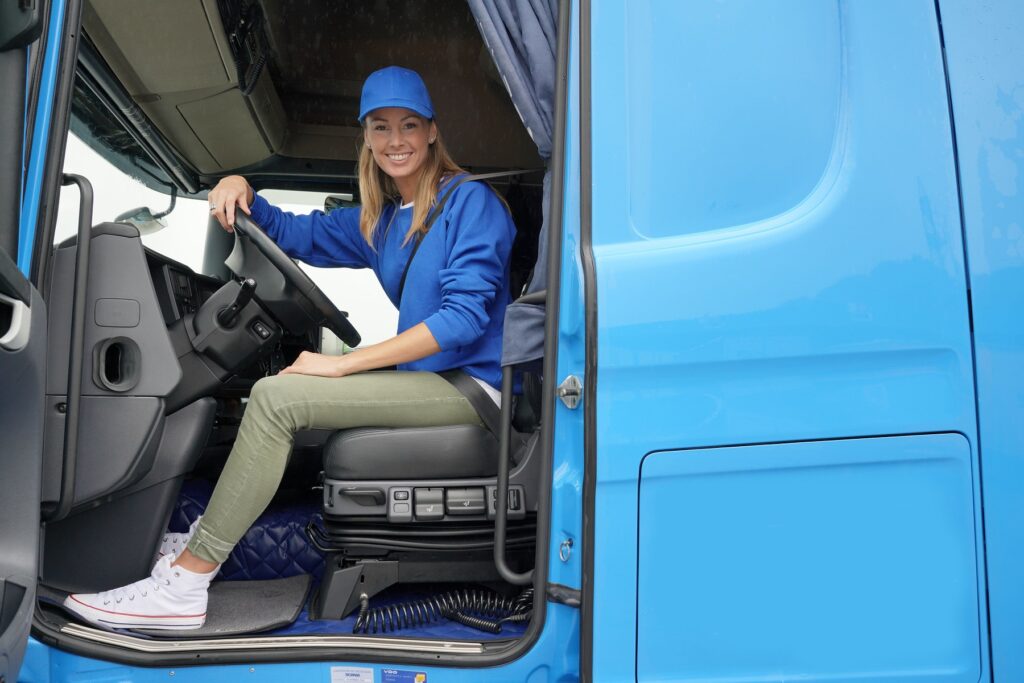Have you ever wondered how goods travel thousands of miles to reach your doorstep? Well, buckle up because the world of trucking is a massive operation that powers global trade. Analyzing trucking operations isn’t just about trucks on the road; it’s about understanding the logistics, challenges, and innovations that keep the supply chain humming. If you’re diving into the world of trucking analysis, you’re about to uncover some fascinating insights that’ll make you appreciate the complexity behind every package delivery.
Trucking analysis is more than just crunching numbers; it’s about understanding the intricate dance of supply and demand, fuel prices, labor markets, and regulatory compliance. It’s like solving a massive puzzle where every piece matters. From small local hauls to cross-country expeditions, the trucking industry is the lifeblood of commerce. And guess what? Without proper analysis, things could quickly spiral out of control.
So, why should you care about trucking analysis? Because it affects everything—from the cost of groceries to the delivery speed of your favorite online purchases. Whether you’re a logistics professional, a business owner, or simply curious about how the world works, this deep dive into trucking analysis will give you the tools to understand the industry like never before. Let’s hit the road!
Read also:A Closer Look At Bill Gates Daughters Husband Personal Life And Journey
Table of Contents:
- What is Trucking Analysis?
- Why is Trucking Analysis Important?
- Key Components of Trucking Analysis
- Data Collection in Trucking Analysis
- Challenges in Trucking Analysis
- Innovations Driving Trucking Analysis
- Cost Analysis in Trucking
- Regulatory Impact on Trucking
- The Future of Trucking Analysis
- Conclusion: Wrapping It Up
What is Trucking Analysis?
Trucking analysis, in a nutshell, is the process of evaluating the performance, efficiency, and effectiveness of trucking operations. It’s like being a detective for the supply chain, where you gather data, analyze trends, and identify areas for improvement. Whether it’s tracking fuel consumption, monitoring driver performance, or assessing delivery times, trucking analysis provides the insights needed to optimize logistics.
Breaking Down the Basics
Think of trucking analysis as a dashboard for logistics managers. It gives them real-time visibility into what’s working and what’s not. By analyzing key metrics, companies can make informed decisions that reduce costs, improve service levels, and enhance customer satisfaction. And let’s be real—happy customers mean happy businesses.
Why is Trucking Analysis Important?
In today’s fast-paced world, where consumers expect same-day or next-day deliveries, trucking analysis has become more critical than ever. It’s not just about moving goods from point A to point B; it’s about doing it efficiently, sustainably, and profitably. Companies that invest in trucking analysis gain a competitive edge by identifying inefficiencies and addressing them before they become major problems.
For instance, imagine a trucking company that doesn’t analyze its fuel consumption. Without proper analysis, they might miss out on opportunities to optimize routes, reduce fuel costs, and even lower their carbon footprint. In the long run, this lack of insight could lead to financial losses and environmental damage. That’s why trucking analysis is a game-changer for the industry.
Key Components of Trucking Analysis
Trucking analysis involves several key components that work together to provide a comprehensive view of operations. Here are the main areas of focus:
Read also:Lakiha Spicer The Trailblazing Fitness Guru Revolutionizing Womens Health
- Route Optimization: Ensuring trucks take the most efficient routes to minimize travel time and fuel consumption.
- Fleet Management: Monitoring vehicle performance, maintenance schedules, and driver behavior to maximize uptime and safety.
- Cost Analysis: Breaking down expenses related to fuel, labor, maintenance, and other operational costs.
- Regulatory Compliance: Ensuring adherence to laws and regulations, such as hours of service (HOS) rules and weight restrictions.
- Customer Satisfaction: Tracking delivery times, service quality, and customer feedback to improve overall performance.
Why These Components Matter
Each component plays a crucial role in the overall success of trucking operations. For example, route optimization can save thousands of dollars in fuel costs annually, while fleet management ensures vehicles are in top condition to avoid costly breakdowns. By analyzing these components together, companies can create a holistic strategy that addresses both short-term challenges and long-term goals.
Data Collection in Trucking Analysis
Data is the lifeblood of trucking analysis. Without accurate and timely data, it’s impossible to make informed decisions. Modern trucking companies rely on a variety of tools and technologies to collect data, including GPS tracking systems, telematics devices, and electronic logging devices (ELDs).
Types of Data Collected
Here are some of the key types of data collected in trucking analysis:
- Vehicle location and speed
- Fuel consumption and efficiency
- Driver behavior and performance
- Load and weight distribution
- Delivery times and delays
By leveraging this data, companies can gain valuable insights into their operations and identify areas for improvement. For example, analyzing fuel consumption data can help identify drivers who need additional training or routes that need optimization.
Challenges in Trucking Analysis
Despite its importance, trucking analysis comes with its fair share of challenges. One of the biggest hurdles is dealing with incomplete or inaccurate data. If the data being analyzed isn’t reliable, the insights derived from it may be flawed. Additionally, the trucking industry is constantly evolving, with new regulations, technologies, and market trends emerging all the time. Keeping up with these changes requires a proactive approach to analysis.
Overcoming Challenges
To overcome these challenges, companies need to invest in robust data collection systems and skilled analysts who can interpret the data accurately. Training employees on the latest technologies and best practices is also essential. By fostering a culture of continuous improvement, companies can stay ahead of the curve and adapt to changing conditions.
Innovations Driving Trucking Analysis
Technology is transforming the trucking industry, and trucking analysis is no exception. Innovations such as artificial intelligence (AI), machine learning (ML), and the Internet of Things (IoT) are revolutionizing the way companies analyze their operations. These technologies enable real-time data processing, predictive analytics, and automated decision-making, making trucking analysis faster, more accurate, and more insightful.
AI and ML in Trucking Analysis
AI and ML are particularly powerful tools for trucking analysis. They can process vast amounts of data in seconds, identify patterns and trends, and make predictions about future outcomes. For example, AI-powered systems can predict when a vehicle is likely to break down based on historical data, allowing companies to schedule maintenance proactively and avoid costly repairs.
Cost Analysis in Trucking
Cost analysis is a critical component of trucking analysis. It involves breaking down all the expenses associated with trucking operations, including fuel, labor, maintenance, insurance, and taxes. By understanding where the money is going, companies can identify cost-saving opportunities and allocate resources more effectively.
Key Cost Factors
Here are some of the key cost factors in trucking:
- Fuel prices and consumption
- Driver salaries and benefits
- Vehicle maintenance and repairs
- Insurance premiums
- Taxes and tolls
By analyzing these costs, companies can develop strategies to reduce expenses without compromising service quality. For example, switching to alternative fuels or investing in fuel-efficient vehicles can significantly lower fuel costs over time.
Regulatory Impact on Trucking
Regulations play a significant role in the trucking industry, affecting everything from driver hours to vehicle emissions. Companies must stay up-to-date with the latest regulations to ensure compliance and avoid penalties. Regulatory changes can also impact trucking analysis, as they often require adjustments to data collection and reporting processes.
Key Regulations to Watch
Here are some of the key regulations affecting the trucking industry:
- Hours of Service (HOS) rules
- Emissions standards
- Weight and size limits
- Safety regulations
By staying informed about regulatory changes, companies can adapt their operations and analysis strategies accordingly, ensuring smooth and compliant operations.
The Future of Trucking Analysis
The future of trucking analysis looks bright, thanks to advancements in technology and data analytics. As more companies adopt AI, ML, and IoT solutions, the level of insight and accuracy in trucking analysis will continue to improve. Additionally, the growing focus on sustainability and environmental responsibility will drive innovation in areas such as fuel efficiency and emission reduction.
Trends to Watch
Here are some trends to watch in the future of trucking analysis:
- Increased use of autonomous vehicles
- Expansion of electric and hybrid fleets
- Greater emphasis on sustainability
- Enhanced data analytics capabilities
As these trends unfold, the trucking industry will become more efficient, sustainable, and customer-focused, setting the stage for a brighter future for all stakeholders.
Conclusion: Wrapping It Up
Trucking analysis is a vital tool for optimizing logistics operations and ensuring the smooth flow of goods across the globe. By understanding the key components, challenges, and innovations in trucking analysis, companies can gain a competitive edge and drive success in an ever-changing industry. Whether you’re a logistics professional, a business owner, or simply curious about how the world works, the insights provided by trucking analysis are invaluable.
So, what’s next? If you’ve found this article helpful, feel free to share it with your network or leave a comment below. And if you’re hungry for more insights into the world of logistics, be sure to check out our other articles. Let’s keep the conversation rolling!


